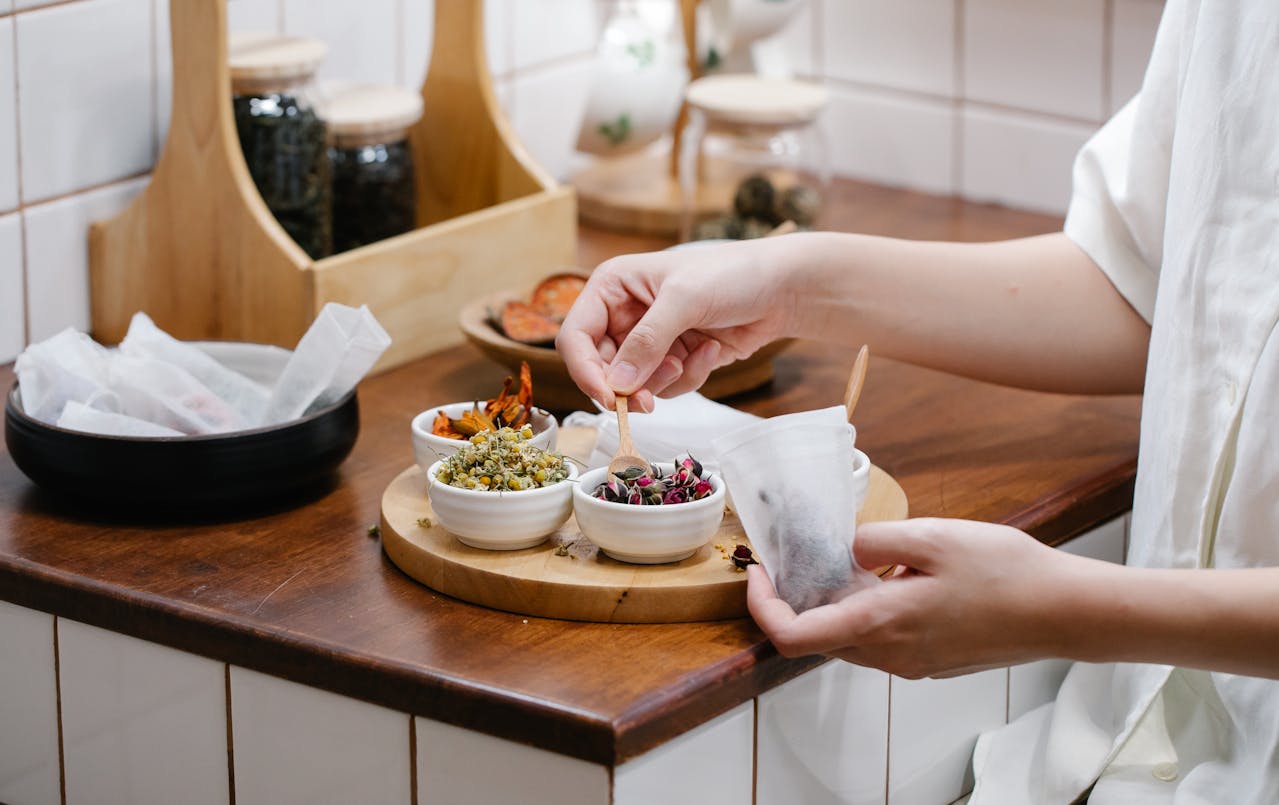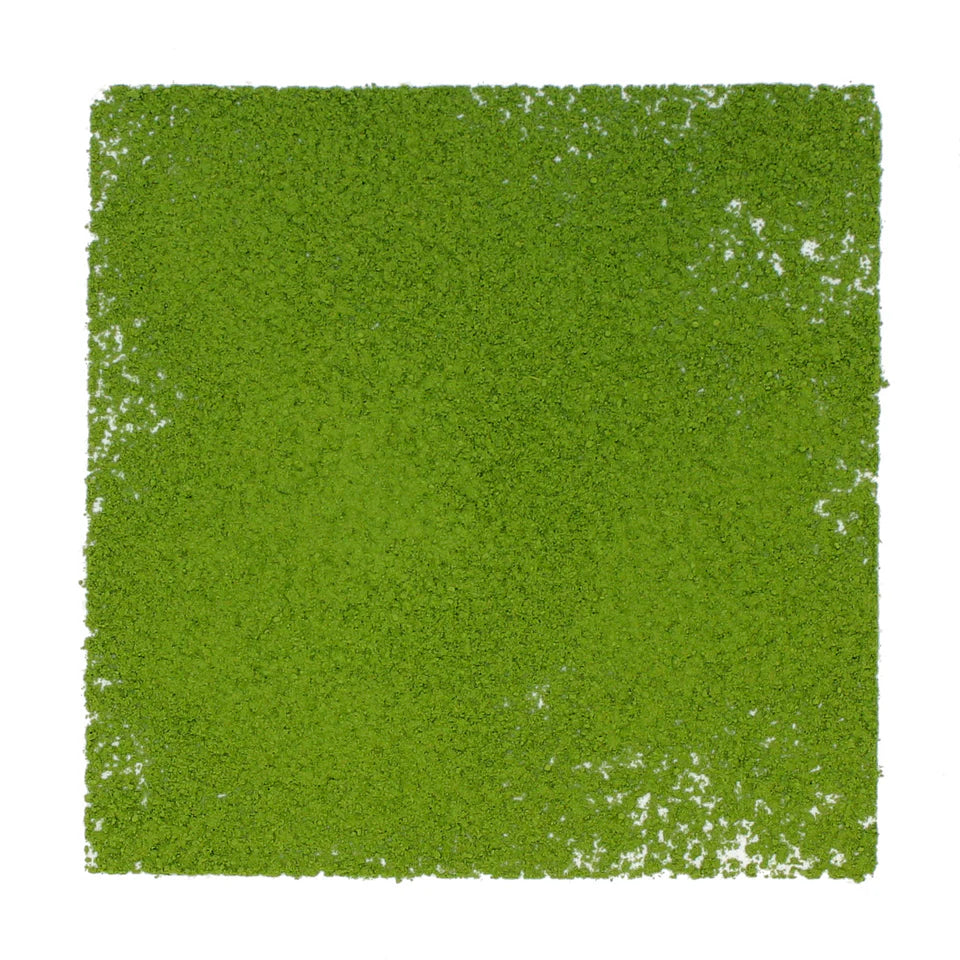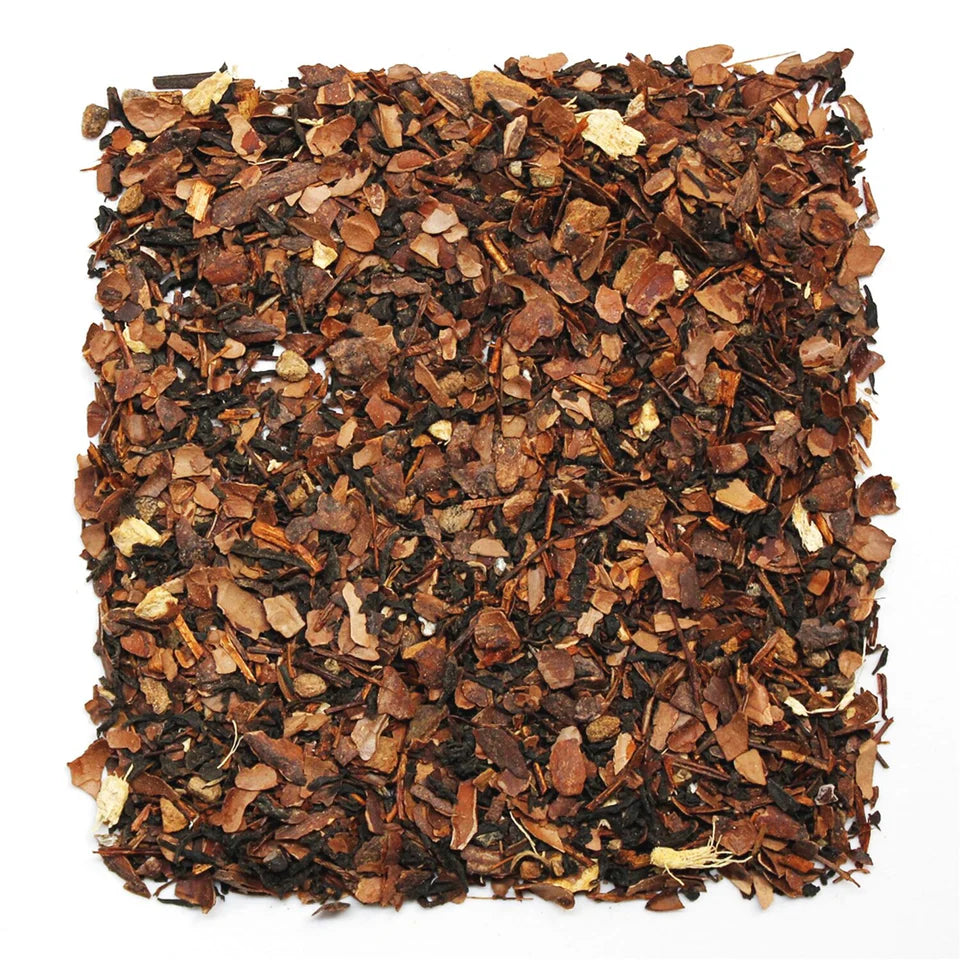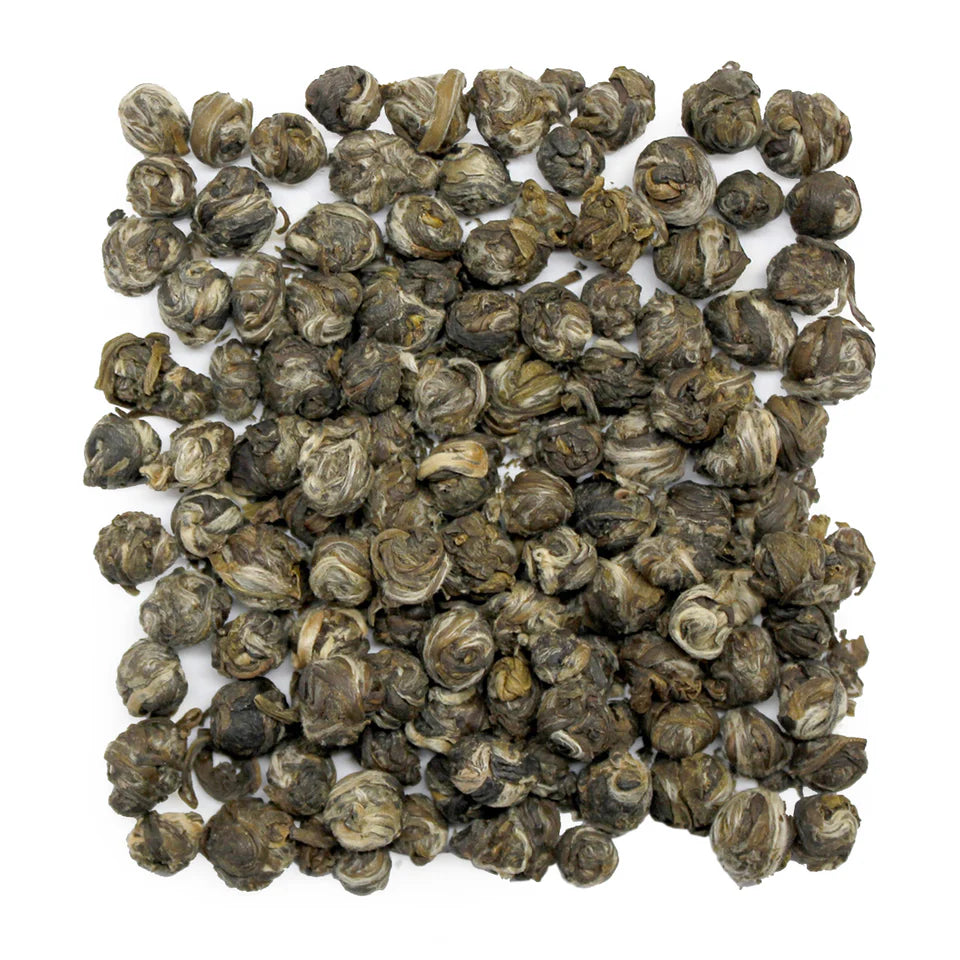Single Origin vs. Blended Teas in a Global Market
The morning ritual at Smith & Sons Tea Merchants in London's Covent Garden has remained largely unchanged for over a century. In a wood-paneled back room, master blender Geoffrey Walsh carefully weighs precise amounts of Assam, Ceylon, and Kenyan black teas before combining them with practiced movements. The result—the shop's signature breakfast blend—will taste exactly as it did when his grandfather created the formula in 1926.
Just six blocks away at Modern Tea House, a sleek minimalist café, customers line up for single estate Darjeeling from Makaibari Garden's spring harvest, served with tasting notes describing "muscatel sweetness with hints of white grape and orchid." The tea's name, elevation, harvest date, and processing details are meticulously recorded on the packaging.
These two establishments represent the fascinating dichotomy in today's tea market: the centuries-old tradition of blending versus the more recent emphasis on single origin transparency.
"It's not about one approach being superior to the other," explains tea historian Jane Pettigrew, author of "A Social History of Tea." "Both practices have deep historical roots and cultural significance. What we're seeing now is a renaissance of interest in origins, similar to what happened in coffee, chocolate, and wine."
The Historical Tapestry
The story of tea blending begins, paradoxically, with some of history's most famous single origin teas. By the early 1700s, China's regional specialties like Keemun, Dragon Well, and Silver Needle were prized for their distinctive characteristics. When the British East India Company began cultivating tea in Assam, India in the 1830s, they were initially disappointed that these teas didn't match the Chinese varieties familiar to British consumers.
"The British solution was ingenious—they created blends that combined various teas to achieve consistent, pleasing flavors," says Dr. Markman Ellis, Professor of Eighteenth Century Studies at Queen Mary University of London and co-author of "Empire of Tea." "This wasn't just about taste; it was economic pragmatism. Blending allowed merchants to accommodate seasonal variations and shortages from particular regions."
The practice flourished during the Victorian era when famous blends like English Breakfast and Earl Grey became household names. By the early 20th century, the major British tea companies had established standardized blends that could be reproduced precisely, creating brands that consumers could trust for consistency.
Meanwhile, in tea-producing regions across Asia, local consumers often maintained direct connections to specific growing areas. In China's Fujian province, families might purchase directly from mountain tea gardens whose distinct characteristics were well-known locally, if not globally marketed as single origins.
The Science Behind the Cup
The differences between single origin and blended teas extend beyond cultural preferences and business models—they reflect fundamental differences in chemical composition and sensory experience.
"Single origin teas are fascinating because they're essentially agricultural time capsules," explains Dr. Selena Ahmed, Assistant Professor of Sustainable Food Systems at Montana State University, who has spent years researching tea chemistry. "The phytochemical profile of a tea—the compounds that create its flavor, aroma, and health benefits—is dramatically influenced by environmental factors like elevation, soil composition, rainfall patterns, and temperature fluctuation."
These environmental factors, collectively known as terroir, create distinctive signatures in single origin teas that connoisseurs learn to recognize. A first-flush Darjeeling from India's Himalayan foothills might contain higher concentrations of certain aromatic compounds that create its characteristic muscatel notes, while a high-mountain Taiwanese oolong might develop unique flavor precursors during cool evening temperatures that contribute to its complex sweetness.
Blended teas, by contrast, aim for a different type of excellence: consistency, balance, and accessibility.
"A master blender is seeking harmony," explains Sebastian Michaelis, head tea buyer for Tata Consumer Products, which owns Tetley. Michaelis is one of only a handful of professionals worldwide with the sensory training to distinguish thousands of tea varieties by taste. "We're balancing body, brightness, strength, and aroma across seasons and years. It's rather like conducting an orchestra—each tea contributes something essential to the whole."
Scientific analysis reveals that successful blends often achieve a more balanced overall flavor profile by compensating for deficiencies in individual components. A tea lacking in certain aromatic compounds might be combined with another rich in those elements, creating a final product that offers a more complete sensory experience than either component could provide alone.
Buy Jasmine Pearls Rolled Loose Leaf Tea
From Garden to Cup: Divergent Journeys
The production methods for single origin and blended teas diverge significantly, reflecting their different market positions and philosophical approaches.
At the Jun Chiyabari Tea Garden in Nepal's eastern highlands, co-founder Bachan Gyawali walks through fields where tea plants grow interspersed with native trees and flowering shrubs. "Monoculture is the enemy of distinctive flavor," he explains, pointing to bees pollinating flowers between tea bushes. "Biodiversity in the garden creates complexity in the cup."
Jun Chiyabari produces exclusively single origin teas, focusing on small-batch processing where leaves from specific garden sections are handled separately to maintain their unique characteristics. Their approach emphasizes terroir expression above all else.
"We could produce more tea if we harvested mechanically or blended across our gardens," Gyawali acknowledges. "But that would destroy what makes our tea special. Our customers are paying for something distinctive, not something merely consistent."
The economics of single origin production often necessitate higher prices, as these operations typically embrace practices like hand-picking only the finest shoots, careful batch separation, and meticulous processing that preserves distinctive characteristics.
Blended tea production follows a different logic. At Ahmad Tea's blending facility in Hampshire, England, tea buyer William Manning oversees operations where teas arrive from gardens across multiple continents.
"People sometimes assume blending is about cutting corners, but it's actually incredibly complex," Manning says as he watches computerized scales measure precise quantities of different teas according to proprietary formulas. "We might taste hundreds of samples to select the components for a single blend, seeking specific characteristics from each origin that will contribute to our house style."
Large-scale blending operations rely on sophisticated quality control systems, including chemical analysis and professional tasting panels, to ensure consistency across production runs that might number in the millions. These economies of scale typically allow blended teas to reach consumers at lower price points than single origins, though premium blends can command prices rivaling or exceeding those of single estate teas.
The Question of Authenticity
Perhaps no aspect of the single origin versus blended tea debate generates more discussion than the question of authenticity. Is a tea's "true nature" better expressed through the distinctive character of a specific place, or through the artistic composition created by a skilled blender?
"The notion that single origin automatically equals authenticity is oversimplified," argues David Beede, founder of Boston-based Elysian Tea Company. "Many historic tea types were traditionally blended. The famous Chinese tea Lapsang Souchong was originally made by combining leaves from different mountains in Fujian. Would we say today's single mountain versions are somehow more 'authentic' than the original blended style?"
The authenticity question becomes further complicated by certification and labeling practices. Organizations like the Tea Board of India have implemented systems to authenticate geographic origins for teas like Darjeeling, while other regions rely on looser definitions. A "Yunnan Gold" might come from anywhere in China's Yunnan province—an area roughly the size of California—encompassing dramatically different growing conditions.
Counterfeit concerns affect both categories. Lisa Lin, co-founder of Chicago's Spirit Tea, recalls: "We once received samples of what was supposedly first-flush Darjeeling that turned out to be cleverly disguised second-flush from the previous year. With single origins, there's always a risk of misrepresentation when premium prices create incentives for fraud."
Blended teas face their own authentication challenges. Mass-market blends may rely on artificial flavors to achieve consistency at lower price points, while premium blends might use ambiguous language that suggests higher quality than their components warrant.
Health in the Balance
The health implications of choosing single origin versus blended teas remain an area of active research. Both categories offer significant benefits, though they may differ in specific compounds and concentrations.
"What we're finding is fascinating complexity," says Dr. Jeffrey Blumberg, Professor Emeritus at the Friedman School of Nutrition Science at Tufts University. "Tea contains thousands of bioactive compounds, and their precise composition varies tremendously based on growing conditions, processing methods, and even brewing techniques."
Studies have identified potential health benefits associated with numerous compounds in tea, including catechins, theaflavins, thearubigins, and L-theanine. Single origin teas may contain higher concentrations of region-specific compounds—a particular high-elevation garden might produce leaves with exceptionally high catechin content, for instance.
Blended teas, however, may offer more consistent overall health properties by combining complementary characteristics. A blend might include teas selected specifically for both catechin content and L-theanine levels, providing a balanced combination that no single origin could match.
"The discussion should really focus on quality rather than category," Blumberg suggests. "A high-quality single origin or a carefully crafted blend of quality components will both offer significant health benefits. The larger concern should be freshness and proper preparation."
Shop Noteworthy Tea Selections
Finding Your Path Through the Tea Garden
For consumers navigating the sometimes bewildering world of tea options, the choice between single origin and blended teas ultimately comes down to personal preferences and priorities.
"Think of it like music," suggests Michelle Rabin, tea educator and author of "Tea for the Mindful Soul." "Some days you want to hear a solo violin concerto where you can appreciate every nuance of the instrument. Other days, you crave the rich complexity of a full orchestra. Neither experience invalidates the other."
For those new to exploring tea, Rabin recommends trying both approaches:
"Start with a classic blend like English Breakfast to understand the balanced profile blenders aim for. Then try several single origins from the same category—perhaps spring-harvest green teas from three different Japanese prefectures. The contrast will help you develop your palate and discover your preferences."
The market increasingly accommodates this exploratory approach. Specialty tea shops often offer tasting flights of single origins alongside carefully crafted house blends. Online retailers provide detailed information about origins and blending philosophy, allowing consumers to make informed choices.
Perhaps the most encouraging development is increased transparency throughout the supply chain. Better information about sources, processing methods, and flavor expectations benefits consumers regardless of whether they ultimately prefer the distinctive character of single origins or the harmonious complexity of blends.
"The best outcome isn't that one approach 'wins' over the other," concludes Jane Pettigrew. "It's that both traditions continue to evolve, pushing each other toward greater quality and transparency. The real winners are tea drinkers, who now have more excellent choices than at any point in history."
Sidebar: Four Notable Examples Worth Exploring
Single Origins:
Jingmai Ancient Tree Puerh (Yunnan, China) - From 300+ year old tea trees growing among diverse forest plants, these teas offer unparalleled complexity with notes of wildflower honey, moss, and tropical fruits that evolve dramatically as they age.
Korean Sejak Green Tea (Jeju Island) - Grown in volcanic soil on Korea's southernmost island, these rare teas offer a fascinatingly different expression of green tea, with pronounced umami, oceanic minerals, and fresh vegetation notes.
Blends:
Margaret's Hope Moonlight Blend (Darjeeling, India) - This unique offering blends first and second flush teas from a single historic estate, creating a tea that balances the floral brightness of spring leaves with the muscatel richness of summer harvests.
Smith Tea Maker's Blend (Portland, Oregon) - Created by legendary American tea blender Steven Smith, this complex blend combines Indian, Sri Lankan, and Chinese black teas in proportions that highlight their complementary characteristics, resulting in remarkable depth and balance.
Glossary: Key Terms
Terroir - The complete set of environmental factors (climate, soil, topography) that influence the character and quality of an agricultural product.
Flush - A seasonal harvest period for tea, with each flush producing leaves with distinct characteristics.
CTCs - "Crush, Tear, Curl" - A mechanized production method primarily used for black teas destined for blending.
Master Blender - A highly trained professional who creates tea blends, often using sensory evaluation to maintain consistency across production runs.
Single Estate - Teas produced entirely on one specific garden or plantation.
Direct Trade - A purchasing model where buyers work directly with producers, often paying premium prices for higher quality and sustainability practices.








